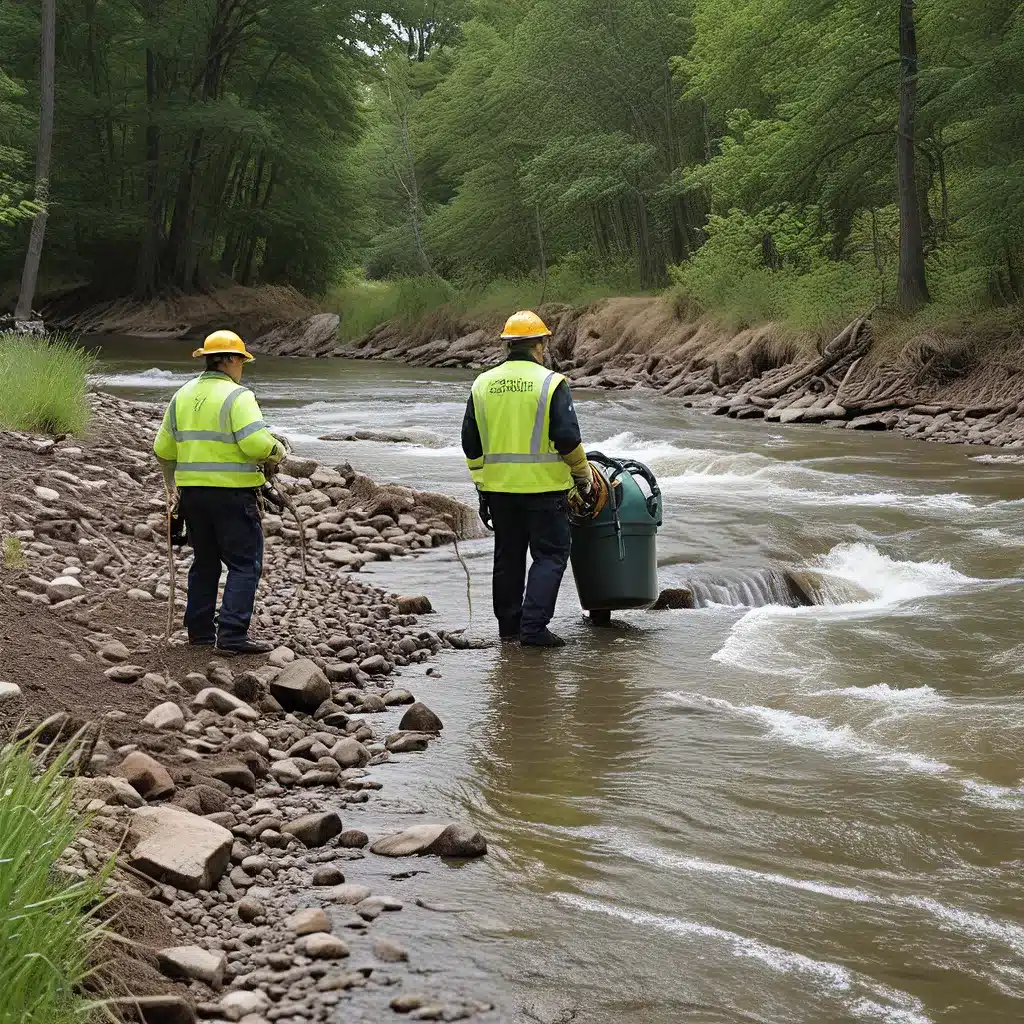
As someone who has always been fascinated by the natural world and the crucial role of environmental services, I can’t help but feel a sense of both awe and unease when it comes to the topic of water supply safety. On one hand, I marvel at the incredible engineering feats and tireless efforts that go into ensuring our communities have access to clean, reliable water. Yet, on the other hand, I’m all too aware of the myriad threats and vulnerabilities that loom over this precious resource.
Unpredictable Challenges Ahead
It’s no secret that our water infrastructure faces an array of challenges, from aging pipes and treatment facilities to the impacts of climate change. Just recently, we’ve witnessed severe droughts, unprecedented flooding, and even the specter of cyber-attacks on critical water systems. These events serve as a stark reminder that the days of business as usual are long behind us.
As the state of California grapples with the realities of extreme heat and drought, the need for robust emergency response protocols has never been more pressing. Environmental service professionals like myself must be prepared to tackle a wide range of potential crises, from contamination incidents to distribution disruptions.
Developing a Comprehensive Playbook
So, how do we go about safeguarding our water supply in the face of such daunting challenges? The key lies in proactive planning and the development of a comprehensive emergency response playbook. This is where the expertise of organizations like Inland Waters, Inc. comes into play.
As an environmental services professional, I’ve had the privilege of working closely with the team at Inland Waters. They have a deep understanding of the unique vulnerabilities facing water systems and have developed a multifaceted approach to emergency preparedness.
Assessing Vulnerabilities
The first step in their process is a thorough assessment of vulnerabilities. This involves examining potential threats, both natural and man-made, that could disrupt the water supply. From the possibility of terrorist attacks and cyber-intrusions to the impacts of extreme weather events and source water contamination, no stone is left unturned.
By mapping out these potential risks, the Inland Waters team can then develop tailored strategies to mitigate and respond to each scenario. This includes identifying critical infrastructure, establishing communication protocols, and ensuring backup systems are in place.
Comprehensive Training and Drills
Of course, having a plan is only half the battle. The next crucial step is ensuring that environmental services personnel are thoroughly trained and prepared to execute these emergency protocols. Inland Waters places a strong emphasis on comprehensive training programs, including hands-on simulations and regular emergency drills.
I’ve personally participated in these drills, and I can attest to the invaluable experience they provide. From learning how to respond to a chemical spill to practicing the coordination of multi-agency emergency efforts, these exercises have given me the confidence and skills needed to tackle even the most daunting water supply crisis.
Collaboration and Communication
Effective emergency response cannot be achieved in a vacuum. It requires close coordination and communication among a wide range of stakeholders, from local authorities and regulatory agencies to the broader community. Inland Waters understands this well and has established robust partnerships to ensure a seamless, collaborative approach.
By regularly engaging with organizations like the Napa County Division of Environmental Health, they can stay up-to-date on the latest regulations, guidelines, and best practices. This not only helps to ensure compliance but also fosters a shared understanding of the challenges and priorities facing the water treatment and environmental services industry.
Embracing Resilience in the Face of Uncertainty
As I reflect on the work we do at Inland Waters, I’m reminded of the ever-evolving nature of the challenges we face. The threats to our water supply are not static; they are constantly shifting, driven by factors beyond our control.
Yet, in the face of this uncertainty, I find solace in the resilience and adaptability of the environmental services professionals I work with. We are not deterred by the daunting task ahead; rather, we embrace it with a sense of purpose and determination.
By continuously refining our emergency response protocols, expanding our knowledge, and fostering collaborative partnerships, we are building a water supply infrastructure that is better equipped to withstand the storms of the future. It’s a constant work in progress, to be sure, but one that is essential for the well-being of our communities and the preservation of our precious natural resources.
So, the next time you turn on your tap, take a moment to appreciate the intricate web of expertise, planning, and dedication that goes into ensuring the safety and reliability of your water supply. And rest assured that, at Inland Waters and organizations like it, we are tirelessly working to safeguard this vital resource, no matter what challenges may come our way.


